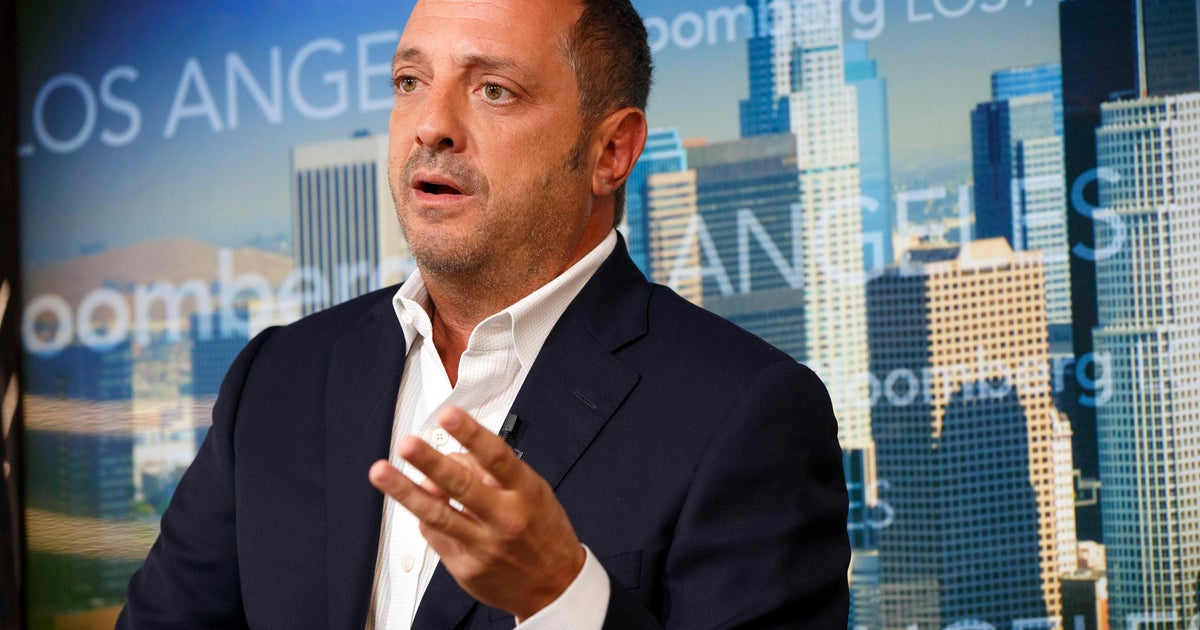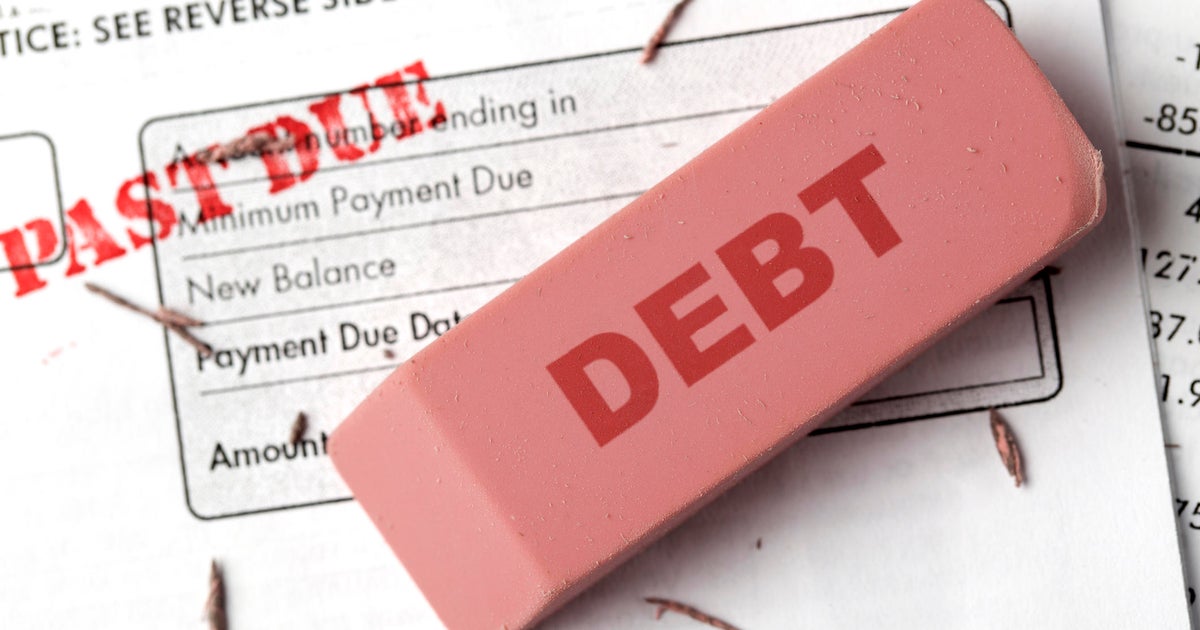With Silicon Valley Bank's collapse, caution emerges over regional banks
Caution is emerging about the health of some regional banks in the wake of the collapse of Silicon Valley Bank (SVB), with Moody's flagging several financial institutions that share some risk factors with the failed bank.
Moody's on Tuesday said it either downgraded or is reviewing the ratings of seven regional banks, including First Republic Bank and Zions Bancorp. Among the issues flagged by the credit ratings agency are high amounts of unrealized losses held by some banks and large shares of deposits that aren't covered by the Federal Deposit Insurance Corporation. Both are issues that had dogged SVB.
Regional bank stocks have taken a beating this year, although many rebounded on Tuesday after President Joe Biden reassured Americans they can have confidence in the U.S. banking system, and regulators pledged that all deposits at SVB would be available to customers. Even so, some businesses and individuals are switching from smaller banks to larger U.S. institutions such as JPMorgan Chase and Bank of America in the wake of SVB's failure, the Financial Times reported.
"Certain aspects of the Silicon Valley Bank situation were unique: It had the highest ratio of securities to total assets of any U.S. bank; a far higher than-average proportion of its depositors were corporate clients in the technology sector; and its uninsured deposit mix was one of the highest in the industry," noted Mark Haefele, chief investment officer at UBS Global Wealth Management, in a Tuesday research note.
Even so, he added, "the fundamental challenge Silicon Valley Bank faces is also a risk for other banks."
SVB was a profitable bank ahead of its closure by California regulators, but it failed after the Federal Reserve's aggressive series of rate hikes hit the value of its bond portfolio. As its holdings lost value, SVB sold them at a loss.
At the same time, SVB relied on tech startups for its deposit base, and when the tech sector slowed, these businesses started to burn through money at a faster clip, driving down the bank's deposits.
When the bank announced its plans to sell assets as well as raise capital through a stock sale, depositors got spooked about its solvency, sparking a classic "run on the bank," which led to SVB's closure less than two days later.
Switching to bigger banks
Some small businesses and bigger depositors are seeking to shift their assets to bigger banks because of the perception that smaller regional banks may carry higher risks, according to the FT. Bank of America didn't immediately respond to a request for comment, while JPMorgan Chase declined to comment.
JPMorgan "epitomizes our theme of 'Goliath is Winning,'" wrote Wells Fargo analyst Mike Mayo in a Monday research note.
"Recent industry developments should further its ability to gather core funding and act as a source of strength," Mayo added, describing the bank as "battle-tested through downturns."
The FDIC's standard insurance covers $250,000 for each depositor per insured bank, as well as per ownership category such as single accounts or retirement accounts. In other words, one person may have assets with insurance coverage that exceeds $250,000, the FDIC says. Even so, some depositors — especially businesses and wealthy individuals — far exceed that threshold.
"That comes down to your comfort level and how much savings you have in the bank, how much did you put in the bank," Eric Schiffer, chairman of the private equity firm Patriarch Organization, told CBS MoneyWatch. "If it's a small business with a $1 million payroll, do you want to go through the administrative hassle of having to file claims with the Fed?"
But the Fed's aggressive response should go a far way to calm frayed nerves, Schiffer added. Shares of regional bank stocks rebounded on Tuesday following reassurance from federal regulators that deposits are safe.
"When the 800-pound gorilla says all is safe, which the Fed has done, the realistic risk to these smaller banks that have longer-term securities to back up depositor exits are significantly reduced now," he added.
Even so, depositors and investors in the companies should examine banks' balance sheets to get a handle on the material impacts of the last two to three days, Schiffer said.
Moody's warnings
Seven banks were flagged by Moody's in the wake of SVB's collapse, including First Republic Bank, another institution with a high share of deposits that are uninsured.
Among the issues flagged by the ratings agency: First Republic's high amount of unrealized losses in its securities portfolio — an issue that dogged Silicon Valley Bank — and the share of deposits above the FDIC's insurance threshold.
Other banks flagged by Moody's include: Signature Bank, Intrust Financial, UMB Corp., Zions Bancorp, Western Alliance and Comerica.
According to Eurasia Group, the failure of SVB may have ramifications for the banking sector in another area — legislation. The issues that drove SVB into insolvency could provide fuel for Biden administration officials who want stricter capital requirements for the banking industry, they said.
"Longer term, recent bank failures will drive lawmakers to change their approach to how they handle uninsured deposits, which would likely require legislation," they wrote in a Tuesday report.



